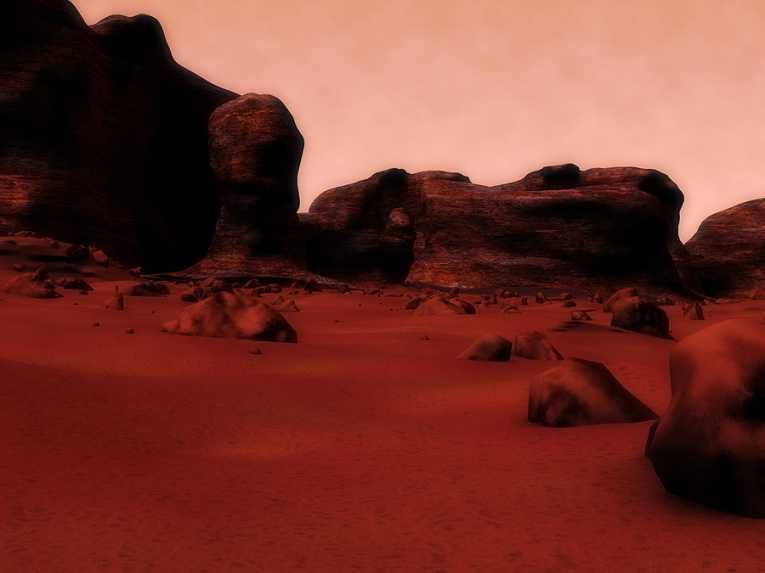The latest research into bioregenerative systems will complement the nutritional, physical and psychological needs of feeding a team of astronauts, for their 5-year sojourn to Mars. The details of preparations being made for manned missions to our nearest planetary neighbor are being presented this week, by Maya R. Cooper, at the 242nd National Meeting & Exposition of the American Chemical Society (ACS).
Veg in space
Such a mission is unlikely to kick off until 2030, but preparations are well under way. The challenging nature of feeding planetary explorers is thrown into perspective when you take into account that, on the International Space Station, astronauts chomp through 4 pounds of food per day. Scale that up by the expected 1800 day time-frame for a mission, and that's a lot of food - nearly 7,000 pounds of food per person. Hauling all of that along in an interplanetary pantry is going to be non-starter, says Cooper of the NASA Advanced Food Technology project.
"That's a clear impediment to a lot of mission scenarios. We need new approaches," she said. "Right now, we are looking at the possibility of implementing a bioregenerative system that would involve growing crops in space." Foods grown by such a system will have to meet some pretty hefty demands. Most of the plant should be edible, it should be easy-to-grow, and it should provide other vital services for the Mars-bound spaceship's ecosystem.Feeding, cleaning, and breathing for astronauts
So they would need to help with things like providing oxygen, removing CO2 and purifying the water that the astronauts would drink. And of course, they must provide both nutrition and culinary excitement to the space travelers. Putting that shopping list of requirements together, NASA's team came up with a top-ten list of plants that make the grade, for being the first veg in interplanetary space.
And it's a list that many a beginner vegetable gardener would be familiar with - lettuce, spinach, carrots, green onions and cabbages are considered good space-staples, whilst tomatoes, radishes, bell peppers, strawberries, fresh herbs add a little zing and interest to the diet. Because the astronauts will be dealing with fresh produce, culinary skills for preparing meals will be an essential skill for the next generation of space traveler - no more sucking food from toothpaste-like tubes for the Mars-bound.
From red to green
But while the spaceship's garden will provide a flourishing source of vitamins and fiber - plus an interesting hobby to fend off those space-travel blues - bulky staples will still be needed. These are likely to be prepositioned along the route, and on the Red Planet itself, by unmanned rockets sent up to two years before the manned phase of the mission kicks off.
Of course, arguments may rage over the future of that other planet, Earth, and the advisability of spending billions of dollars just to leave mankind's footprint on Mars. But the idea of a little square of the Red Planet being turned over to a sustainable green veg-patch can only stir hope in man's eternal optimism.
Top Image Credit: Mars surface illustration © Eraxion










